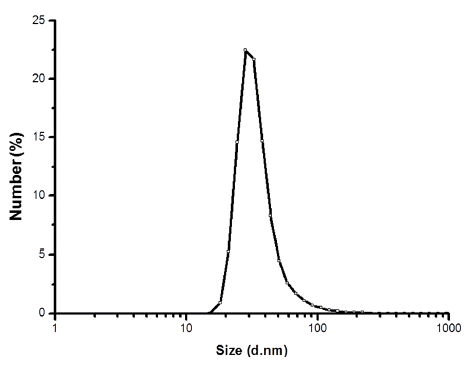Search
- Page Path
- HOME > Search
- [Korean]
- Recent Development in Performance Enhancement of PVDF-Nanopowder Composite-based Energy Harvesting Devices
- Geon-Ju Choi, Il-Kyu Park
- J Korean Powder Metall Inst. 2020;27(3):247-255. Published online June 1, 2020
- DOI: https://doi.org/10.4150/KPMI.2020.27.3.247

- 815 View
- 11 Download
-
 Abstract
Abstract
 PDF
PDF Recently, interest in technology for eco-friendly energy harvesting has been increasing. Polyvinylidene fluoride (PVDF) is one of the most fascinating materials that has been used in energy harvesting technology as well as micro-filters by utilizing an electrostatic effect. To enhance the performance of the electrostatic effect-based nanogenerator, most studies have focused on enlarging the contact surface area of the pair of materials with different triboelectric series. For this reason, one-dimensional nanofibers have been widely used recently. In order to realize practical energy-harvesting applications, PVDF nanofibers are modified by enlarging their contact surface area, modulating the microstructure of the surface, and maximizing the fraction of the β-phase by incorporating additives or forming composites with inorganic nanoparticles. Among them, nanocomposite structures incorporating various nanoparticles have been widely investigated to increase the β-phase through strong hydrogen bonding or ion-dipole interactions with -CF2/CH2- of PVDF as well as to enhance the mechanical strength. In this study, we report the recent advances in the nanocomposite structure of PVDF nanofibers and inorganic nanopowders.
- [English]
- Fabrication of Core-Shell Structured Ni-Based Alloy Nanopowder by Electrical Wire Explosion Method
- A-Young Lee, Gwang-Yeob Lee, Hye-Ryeong Oh, Hyeon-Ah Kim, Song-Yi Kim, Min-Ha Lee
- J Korean Powder Metall Inst. 2016;23(6):409-413. Published online December 1, 2016
- DOI: https://doi.org/10.4150/KPMI.2016.23.6.409

- 579 View
- 1 Download
-
 Abstract
Abstract
 PDF
PDF Electrical wire explosion in liquid media is a promising method for producing metallic nanopowders. It is possible to obtain high-purity metallic nanoparticles and uniform-sized nanopowder with excellent dispersion stability using this electrical wire explosion method. In this study, Ni-Fe alloy nanopowders with core-shell structures are fabricated via the electrical explosion of Ni-Fe alloy wires 0.1 mm in diameter and 20 mm in length in de-ionized water. The size and shape of the powders are investigated by field-emission scanning electron microscopy, transmission electron microscopy, and laser particle size analysis. Phase analysis and grain size determination are conducted by X-ray diffraction. The result indicate that a core-shell structured Ni-Fe nanopowder is synthesized with an average particle size of approximately 28 nm, and nanosized Ni core particles are encapsulated by an Fe nanolayer.
TOP
 kpmi
kpmi

 First
First Prev
Prev


